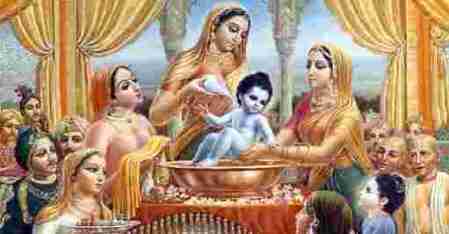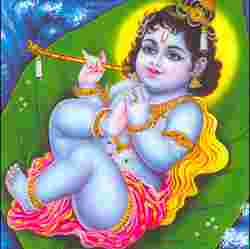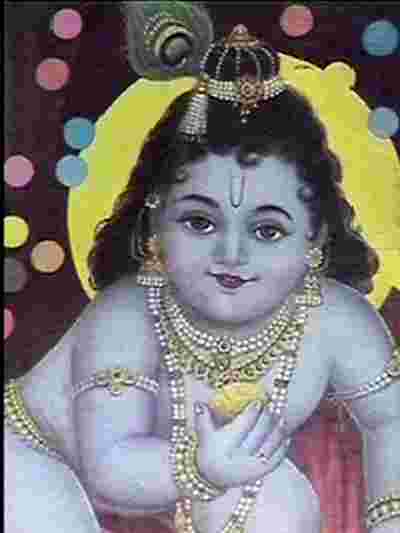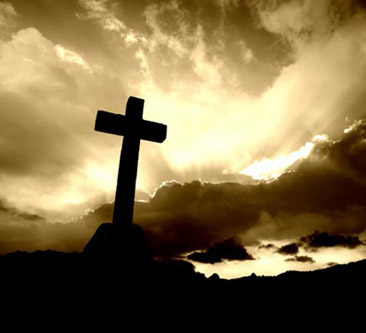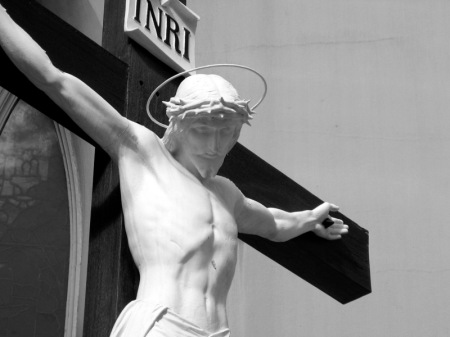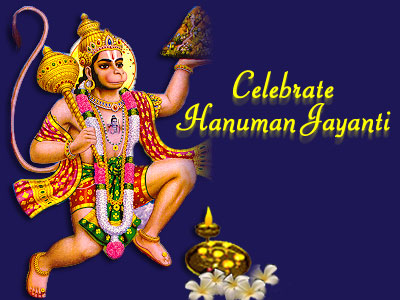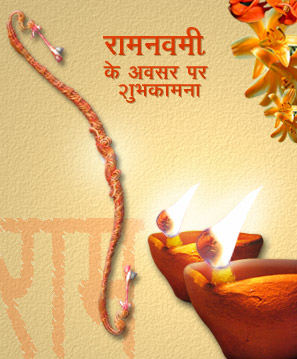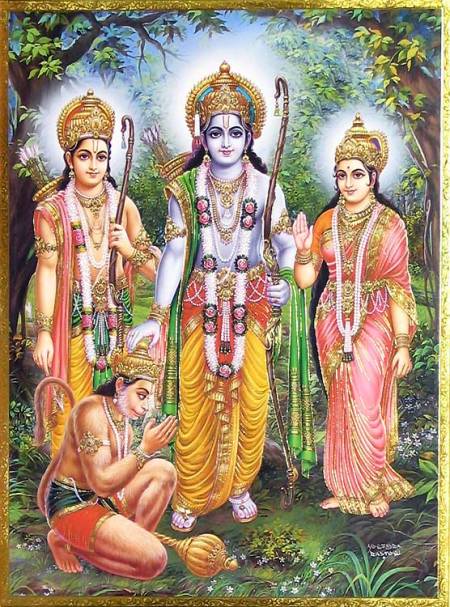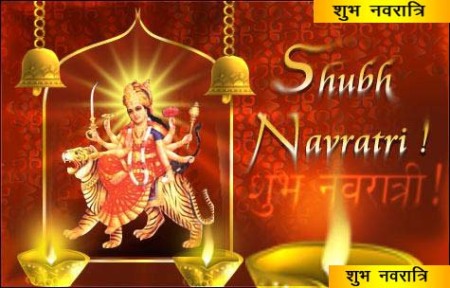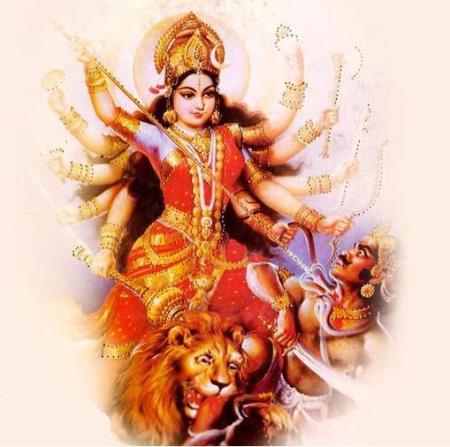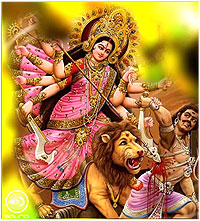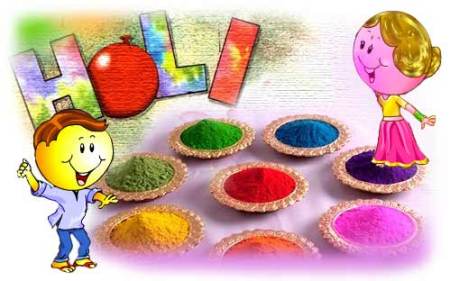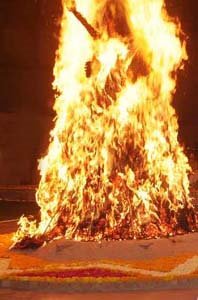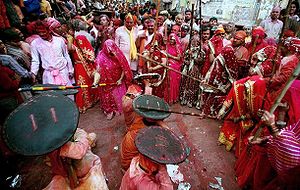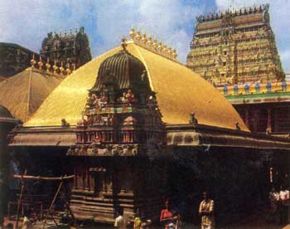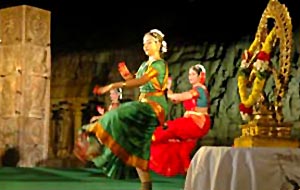“Vakratunda Mahaakaaya Suryakotee Sama Prabha
Nirvighnam kuru mey Deva, Sarva kaaryeshu Sarvadaa”
Ganesha Chaturthi or Vinayaka Chaturthi is a great festival of Lord Ganesha which is celebrated by Hindus all over the world especially in the western India state of Maharashtra, the celebration of this festival last 10 days and ends on the day of ‘Ananta Chaturdashi’

This day is celebrated as the Birthday calibration of Lord Ganesha, it’s also said that Ganesha Chaturthi Festival is a day on which Lord Ganesha, the son f Shiva and Parvati, is believed to bestow his presence on earth for all his devotees. This festival is observed in the lunar month of bhadrapada shukla paksha chathurthi madhyahana vyapini purvaviddha.
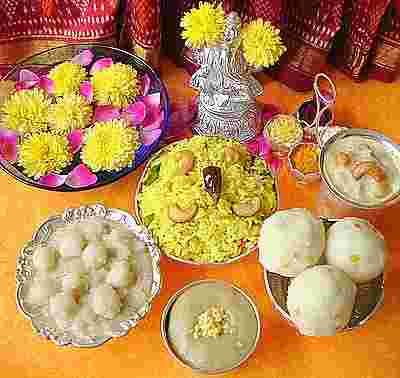
According to the legend, Lord Shiva, the Hindu God of resolution, was away at a war. His wife Parvati, wanted to bathe and having no-one to guard the door to her house, conceived of the idea of creating a son who could guard her. Parvati created Ganesha and She then set him to stand guard at her door and instructed him not to let anyone enter.
In the meantime, Lord Shiva returned from the battle but as Ganesha did not know him, stopped Shiva from entering Parvati’s chamber. Shiva, enraged by Ganesh’s impudence, drew his trident and cut off Ganesha’s head. Parvati emerged to find Ganesha decapitated and flew into a rage. She took on the form of the Goddess Kali and threatened destruction to the three worlds of Heaven, Earth and Subterranean earth.

Seeing Parvati in a dangerous mood. The other Gods were afraid and Shiva, in an attempt to pacify Parvati, sent out his ganas, or hordes, to find a child whose mother is facing another direction in negligence, cut off his head and bring it quickly. The first living thing they came across was an elephant. That elephant was facing north (the auspicious direction associated with wisdom). So they brought the head of this elephant and Shiva placed it on the trunk of Parvati’s son and breathed life into him. Parvati was overjoyed and embraced her son, the elephant-headed boy whom Shiva named Ganesha, the lord of his ganas. Parvati was still upset so Lord Shiva announced that everyone who worships Ganesha before any other form of God is favoured. So Ganesh is worshipped first in all Hindu occasions and festivals.
Lord Ganesha is worshipped, as the God of wisdom and Ganesha Chaturthi is a festival celebrated in the honor of Lord Ganesha.
